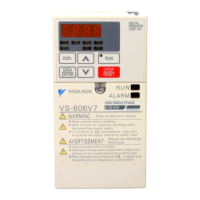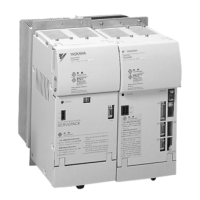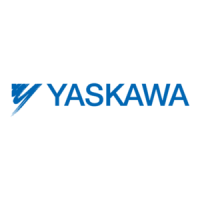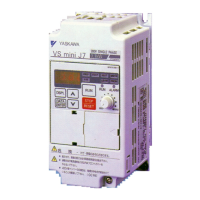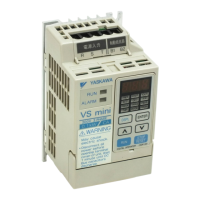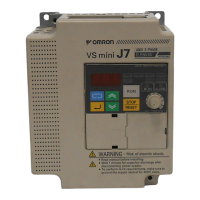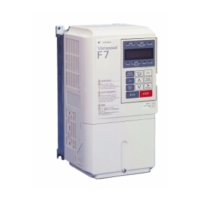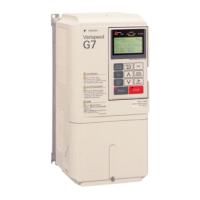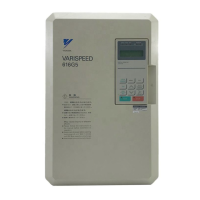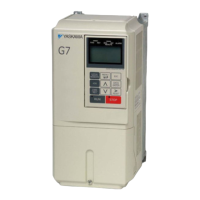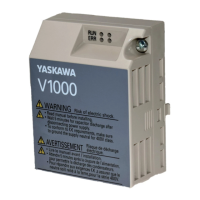Why does my YASKAWA Inverter motor stop and not output torque?
- BBrianna RossJul 31, 2025
The motor might stop and not output torque due to several reasons: * The stall prevention level during acceleration might be too low. Check if the stall prevention level during acceleration (n093) is set to an appropriate value. * The stall prevention level during running might be too low. Check if the stall prevention level during running (n094) is set to an appropriate value. * The load could be too heavy, activating stall prevention. Lengthen the set acceleration time (n019) or reduce the load. * Changing the maximum frequency might have inadvertently changed the maximum voltage frequency. To increase the speed of a general-purpose motor, only change the maximum frequency. * The V/f set value might be too low. Set the V/f (n011 to n017) according to the load characteristics.
